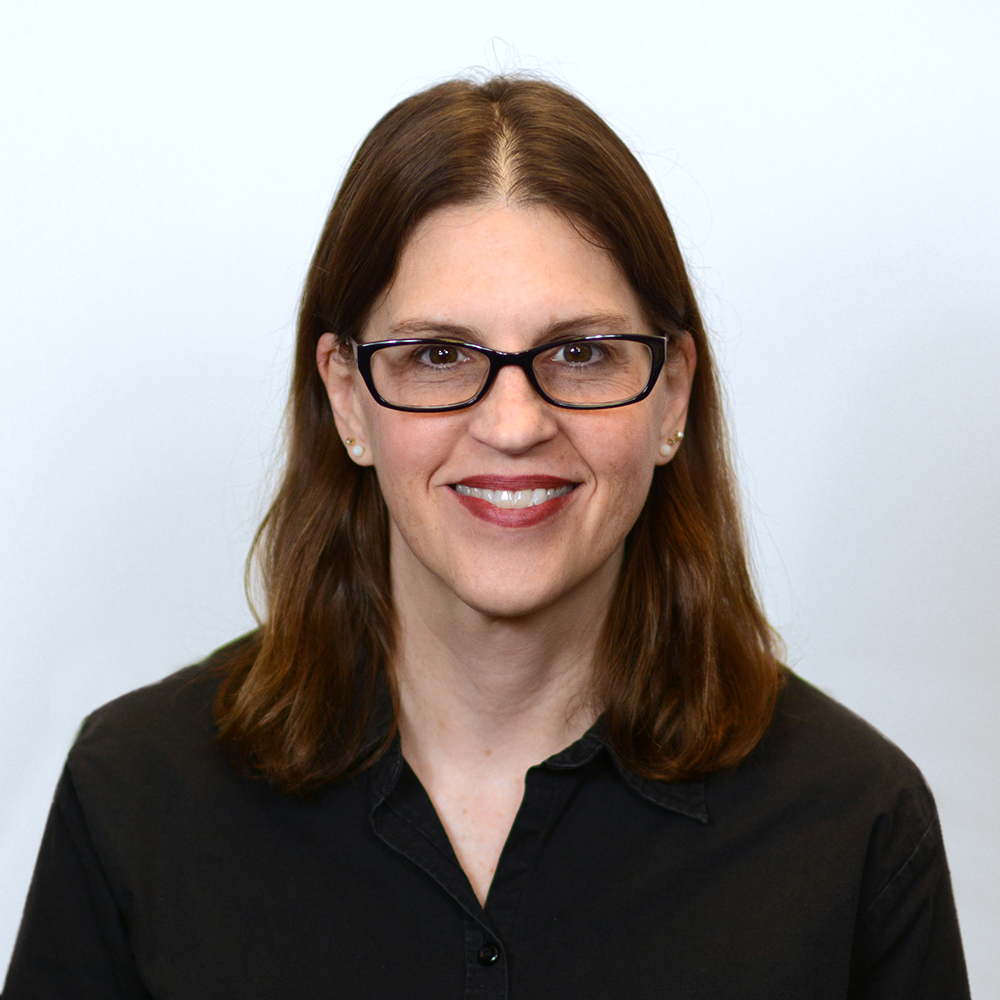
March is Developmental Disabilities Awareness Month! Many great events have been scheduled to celebrate, including Quality Trust’s annual Better Together Reception held on March 11. Check out the photos from our event in this newsletter, and click here for more information about the events to come.
The goal of Developmental Disabilities Awareness Month is to highlight how people with and without disabilities come together to create strong communities and to highlight both the needs of people with developmental disabilities to lead productive lives in the community as well as the contributions of people with developmental disabilities in all aspects of life.
A developmental disability is a mental or physical condition that starts before age 22, is expected to last throughout someone’s lifetime, and significantly affects several areas of functioning like daily care, communication, learning, mobility, decision-making, or independent living. More than 7 million people in the US have an intellectual or developmental disability, and a recent CDC study has found that nearly 1 in 6 children have some form of developmental delay.
Before the 1970’s, most people with developmental disabilities lived separate lives. They did not go to the same school as other children in their neighborhoods. They may not have been allowed to go to school at all. They were denied opportunities to work, so they were less able to afford food, housing, and other basics needed to live on their own. Many did not live with their families as children or independently as adults; they lived in institutions specifically for people with developmental disabilities. Now, most people with developmental disabilities do live in the community. Most children do attend their neighborhood schools. And, many people with disabilities have or want to have a job. However, there are still many barriers to people living, learning, working, and enjoying a full life in the community.
For example, the Americans with Disabilities Act required most public spaces to be physically accessible to people with mobility impairments. However, some buildings still do not have functioning elevators or ramps. There is a lack of reliable, accessible, and convenient transportation options, especially for people who use wheelchairs. There is a significant lack of affordable and accessible housing options. And, there is often a lack of accessible equipment and technology in places people regularly, like banks, grocery stores, and doctor’s offices.
Communication barriers can also be very significant. Materials may not be available in braille or large-print, and electronic materials might not be compatible with screen readers for people with vision or cognitive impairments. There may not be sign language interpretation or captioning for people with hearing or language impairments. In addition, much important information that is shared in the community, both visual and verbal, is not accessible to people with intellectual disabilities who need technical information and jargon broken down into language they can understand and descriptions with graphics as much as possible.
One of the biggest barriers for people with developmental disabilities is society’s attitude. People may make assumptions about what people can or should do, how they can or should live, and what kinds of decisions they can or can’t make for themselves, especially if they have never met or worked with someone with a developmental disability. Most people with developmental disabilities want and can have the same education, employment, housing, and social opportunities that people without disabilities have. Some just need support to equally access those opportunities.
So, this Developmental Disabilities Awareness Month, let’s all take time to think about the ways we can make things more accessible for people with developmental disabilities and how we can join together to advocate for the support and services that people with developmental disabilities need to succeed, thrive, and live a full life in the community
